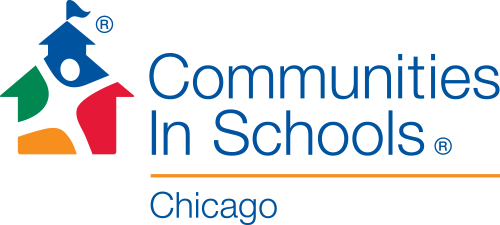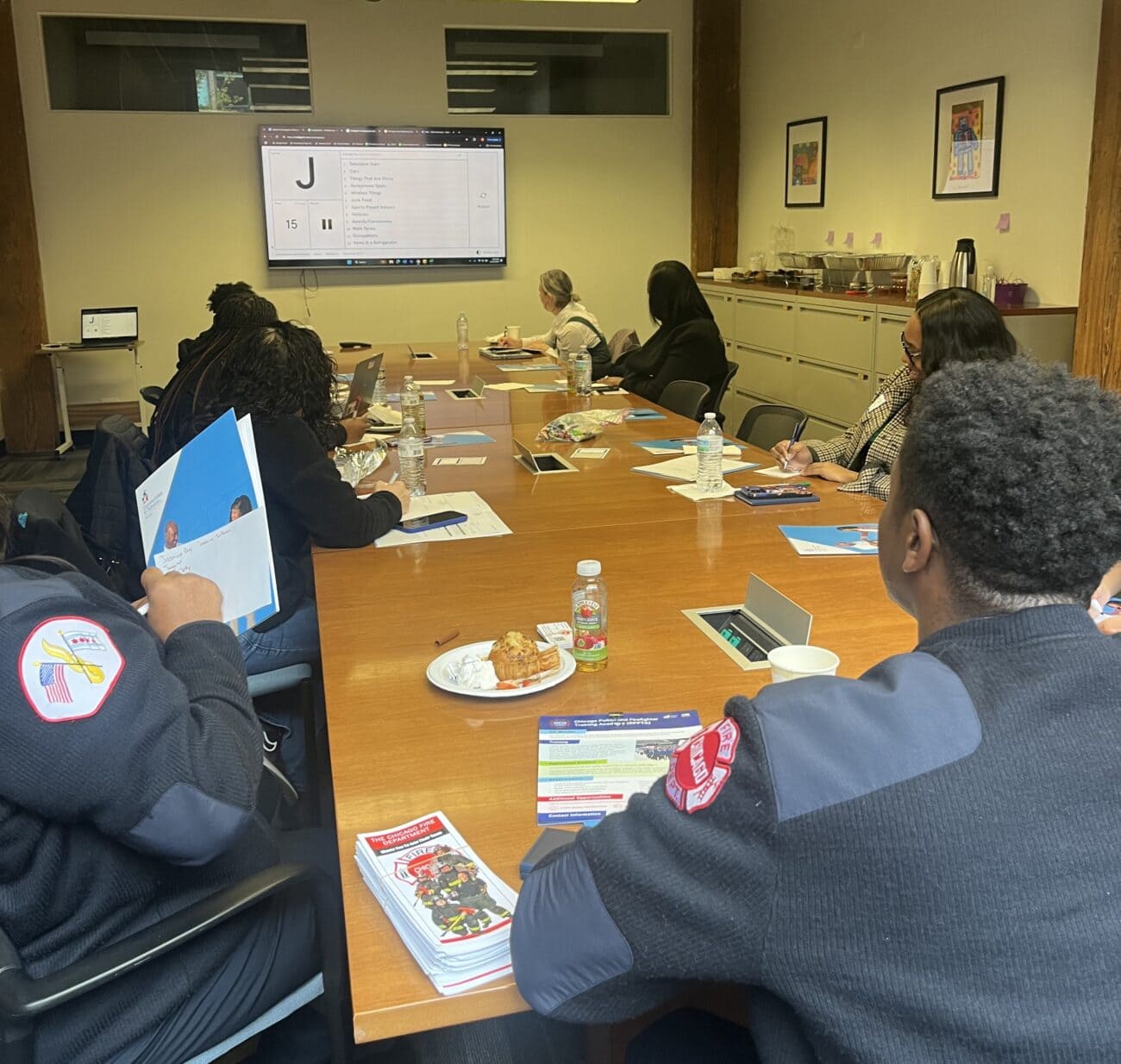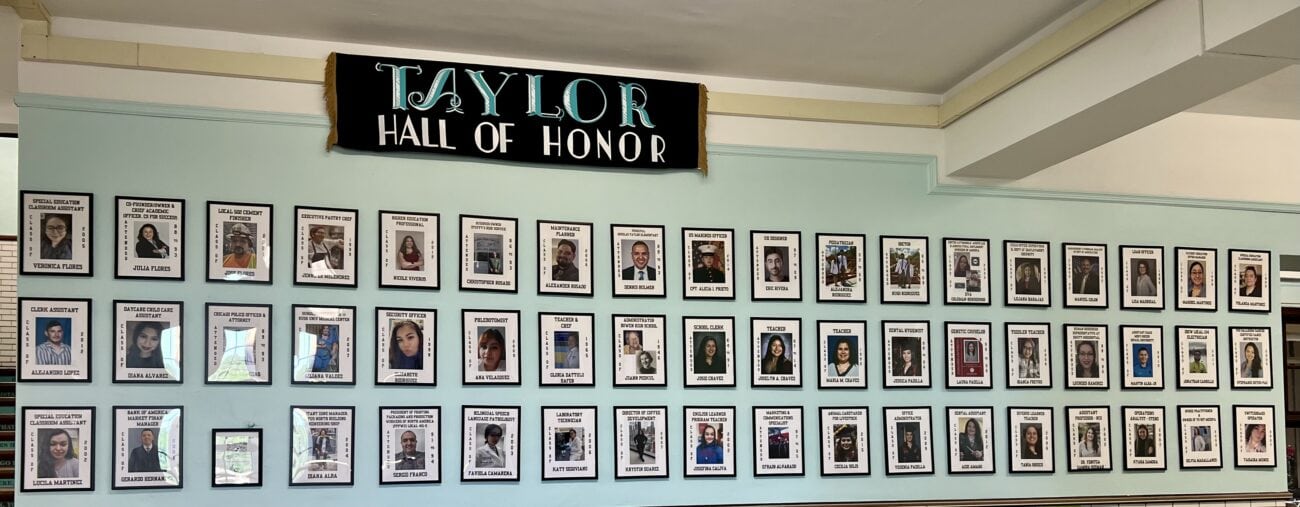By Marianne Woodward, Chief Resource Officer, Communities In Schools of Chicago
I’m always looking for opportunities to deepen our organization’s impact, whether it’s seeking ways to leverage resources or directing donor enthusiasm (and dollars) into proven, winning strategies. The approach works better than you might expect for a nonprofit.
At Communities In Schools (CIS) of Chicago, where I’ve worked the past six years, deepening our impact means positively contributing to the lives of Chicago’s young people. My colleagues provide a wealth of supports and experiences to students whose opportunities are often limited, simply because their schools and homes are in under-resourced communities, so that they can unlock their potential. But for us to execute on our mission, communicating the return on investment is key.
When we approach donors to support our work, we don’t talk capital gains or profit margins. We talk about how our work focuses on removing barriers – social, emotional, economic – that stand in the way of our young people. And we help them see how that work leads to all kinds of social benefits: better health outcomes, higher lifetime earnings, lower likelihoods of being victims or perpetrators of violent crime, and more.
In short, I tell them it’s about changing the trajectory of young people’s lives through the power of caring relationships.
To make a strong case that our work yields these kinds of payoffs, we leverage data and testimonials that speak to our ability to execute on key outcomes like attendance, academic performance, and graduation rates for the 50,000 Chicago public-school students we serve each year. That way our donors can more accurately weigh the returns their contributions are expected to yield.

In my previous career in private equity, we looked for people who had demonstrated success, driven sales, and moved the needle. I am occasionally flummoxed when some nonprofits aren’t guided by similar bottom-line outcomes.
The importance of nonprofit impact for investors was crystalized in the recent Stanford Social Innovation Review article “Do They Still Need Our Money?” As the author Kevin Starr rightly points out, the question social impact investors should ask when nonprofits receive major gifts is not Do they still need our money? Rather, it is Can investing more money in this organization create even greater impact?
The timing of Starr’s article was fortuitous. It came on the heels of our organization receiving one of the largest gifts in its 35-year history – a donation from philanthropist MacKenzie Scott.
One of the throughlines of Ms. Scott’s charitable donations is selecting organizations with strong leadership, a commitment to equity, and clear impact metrics. Another hallmark of her giving is providing unrestricted dollars. Her approach to giving seems to be backing teams that can deliver – and then giving them maximum flexibility to carry out that charge.
Ms. Scott has disbursed more than $12B in charitable donations – including $133.5M to the national Communities In Schools network (of which CIS of Chicago is a part). Her major gift to our organization comes at a challenging time for our students and families. During the past two years, they have endured unrelenting waves of stress and uncertainty from a frightening pandemic, prolonged social isolation, and increased levels of community violence.
After experiencing so much inconsistency in their lives, it is imperative that our students and families can continue relying on our team to provide the full array of support they have come to count on from our organization, and Ms. Scott’s gift allows us to do just that.
We’ve been able to direct the money to where our team and board thought it was most needed – serving the existing and emerging needs of Chicago’s students. At the same time, it creates the foundation upon which we will continue to broaden and deepen our impact by reaching more students and changing more lives.
I’ve talked to many existing and prospective funders since we shared the great news of our gift from MacKenzie Scott. A few have indeed asked me if my organization still needed their money. Each time my response has hit on a variation of the same important theme. So long as Chicago’s young people need support and access to opportunities and so long as CIS of Chicago can effectively deliver that support and access: yes, we still need their money.




